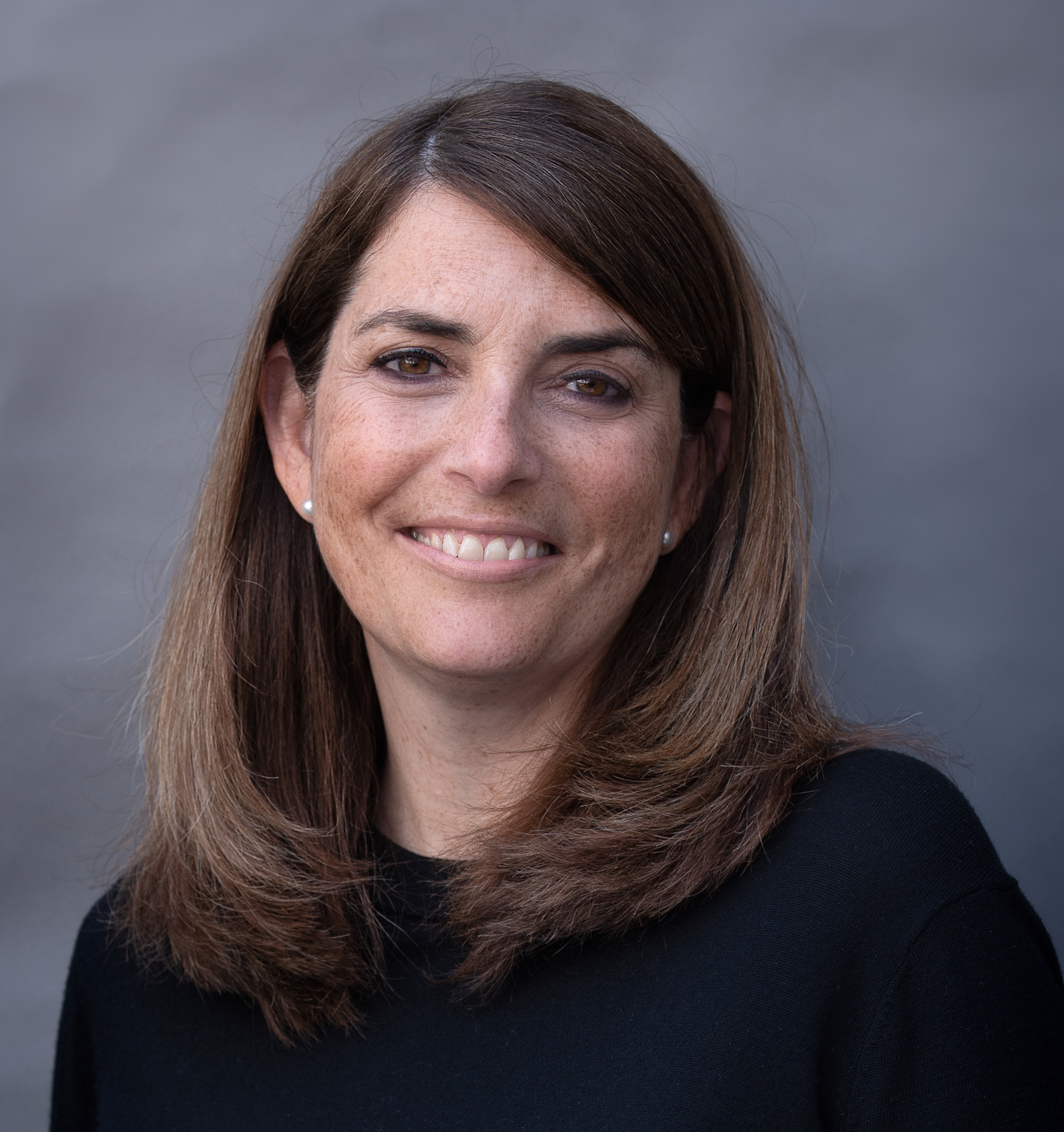Brem Foundation's Response to New Proposed Guidelines for Breast Cancer Screening
Brem Foundation to Defeat Breast Cancer welcomes yesterday's (May 9, 2023) recommendation by the US Preventative Services Task Force (USPSTF) that women at average risk for breast cancer start regular screening mammograms at age 40, a significant shift from their previous recommendation to wait until age 50.
It is well known that women under the age of 50 are more likely to be diagnosed with aggressive cancers. When you consider this, along with the fact that nearly 1 in 10 breast cancers occur in women under 45, the change in age for screening by the USPSTF is absolutely critical and long overdue.
Yet, the USPSTF’s long-awaited announcement falls short on several fronts—in not recommending annual screening, not effectively addressing existing disparities, and not recognizing the importance of essential screening beyond mammography for women with dense breasts.
Yearly Mammograms Are Critical and Must Be Recommended
The goal of screening is to reduce breast cancer deaths. The USPSTF’s own modeling demonstrates that annual screening reduces breast cancer deaths by 42%, whereas biennial screening reduces deaths by only 30%. Yearly mammograms are critical; without them, interval cancers (cancers that appear between screening mammograms) can grow unchecked and quickly.
It is our responsibility to save the most women possible. This is particularly true when we consider that one of the chief “harms” of mammography noted by the USPSTF is non-lethal (increased anxiety due to false positives). In contrast, the delayed diagnosis of breast cancer can result in deadly outcomes. The USPSTF should reduce the confusion caused by differing recommendations and recommend annual mammography for average-risk women starting at age 40.
More Attention Must Be Given to Breast Density
Brem is also concerned by USPSTF’s conclusion “that the evidence is insufficient to determine the balance of benefits and harms of supplemental screening for breast cancer with breast ultrasound or MRI, regardless of breast density.” Breast density impacts 40% of women in the U.S. – two-thirds of pre-menopausal women have dense breasts, as do a quarter of post-menopausal women. Nearly 50% of U.S. women over 40 getting mammograms today have dense breast tissue.
Breast cancer is more likely to occur in women with dense breast tissue and is also much harder to find without essential screenings, such as breast ultrasounds or MRIs, combined with an annual mammogram. We strongly urge the USPSTF to reconsider their comments and guidance on breast density, and not only recommend annual screening starting at 40, but essential, additional screening with ultrasound or MRI in women with dense breasts, which can detect small hidden cancers that are often invasive and potentially deadly.
Dr. Rachel Brem, Chief Medical Officer of the Brem Foundation notes,
“We know definitively that nearly one in ten breast cancers in the United States occur in women under 45, that women in their 40s have more aggressive, harder to treat cancers, and that it’s critical to diagnose them earlier. We also know that breast density is an independent risk factor for breast cancer and that dense tissue hides up to 50% of cancers on a mammogram, necessitating ultrasound or MRI in addition to annual mammograms for patients with this risk factor. While these proposed guidelines are a step in the right direction, they fail to recommend annual screening or essential screening tools beyond mammography for high-risk groups.”
Brem’s CEO, Clare Dougherty added,
“Yesterday’s draft guidance from the USPSTF is a clear acknowledgment that breast cancer can be deadly for younger women, especially Black women, who are 40% more likely than white women to die of breast cancer in the U.S. The Brem Foundation is deeply concerned about this disparity and strongly supports additional research into the factors driving the racial disparity. Yet the USPSTF missed a number of opportunities that would advance early detection, including a call for earlier risk assessment for Black women and other ethnic groups who are at increased risk.”
Additional Considerations for High-Risk Groups
Brem fully supports the most recent recommendation by the American College of Radiology, noting that high-risk groups such as Black women and Ashkenazi Jewish women get risk assessments by age 25 to determine whether a mammogram and other screening before age 40 is needed. Risk assessments for women in these groups are key to better outcomes, as they are diagnosed with more aggressive and challenging to treat cancers at significantly higher percentages than women at average risk.
While these proposed guidelines signal a much-needed step forward by the USPSTF, they miss the mark on critical issues in early detection.
Brem Foundation will continue to work to achieve even better outcomes, emphasizing annual screening, earlier detection (with the goal of lower intensity of treatment), and more equitable breast care for all.
Brem Foundation is continually advocating for breast care legislation that will help ensure that the most women find cancer early—when it is most treatable. Learn more by clicking below.

About Clare Dougherty, CEO
Clare Dougherty has worked at the intersection of public policy, communications, and mission-driven leadership for the last 25 years, focusing on the health and well-being of women and children. Prior to joining the Brem Foundation to Defeat Breast Cancer, Clare spent over 15 years at the Elizabeth Glaser Pediatric AIDS Foundation (EGPAF), working to promote, enhance, and protect the organization’s global brand reputation, while building stakeholder and donor support for its mission to end AIDS in children, youth, and families.


